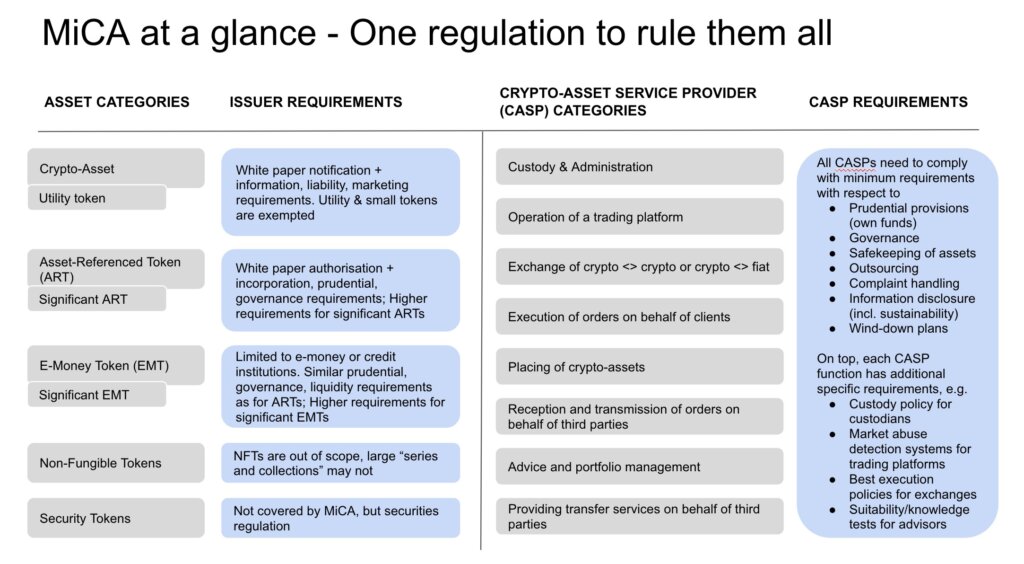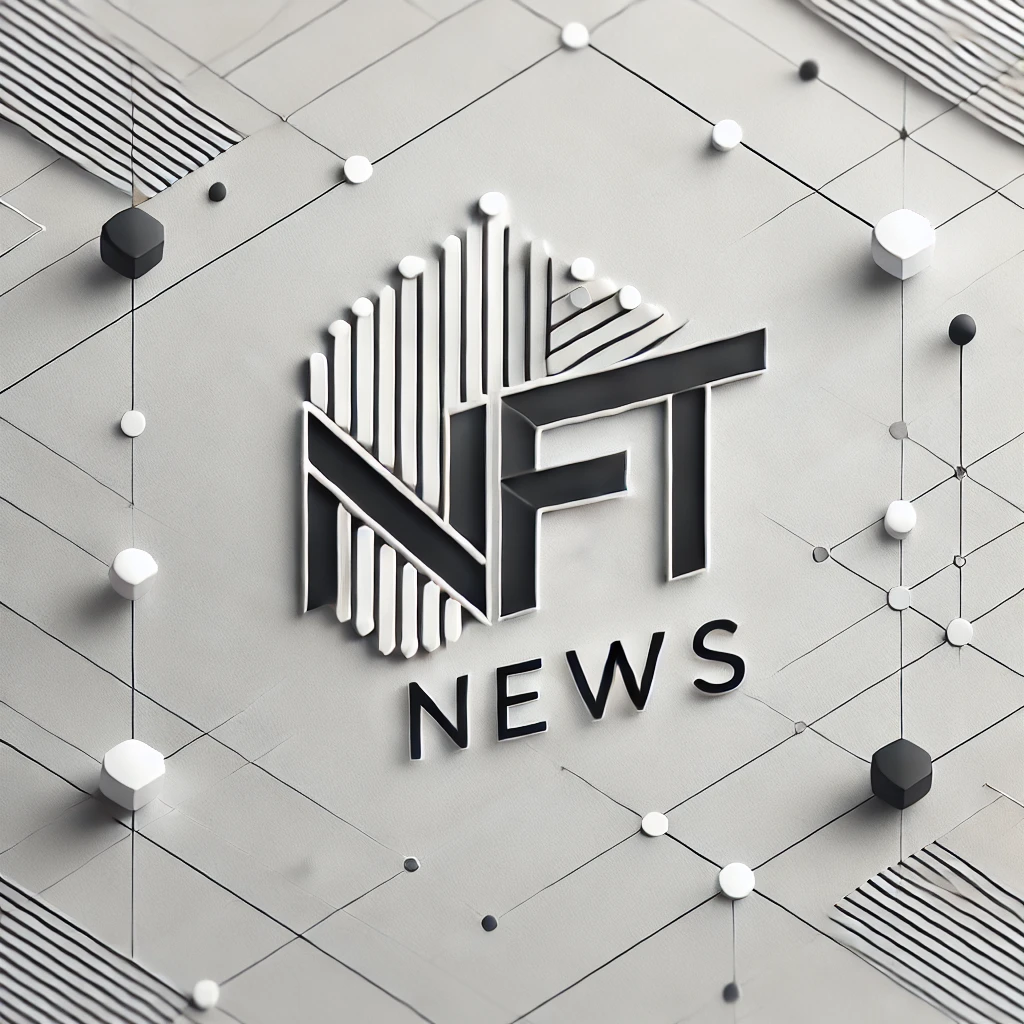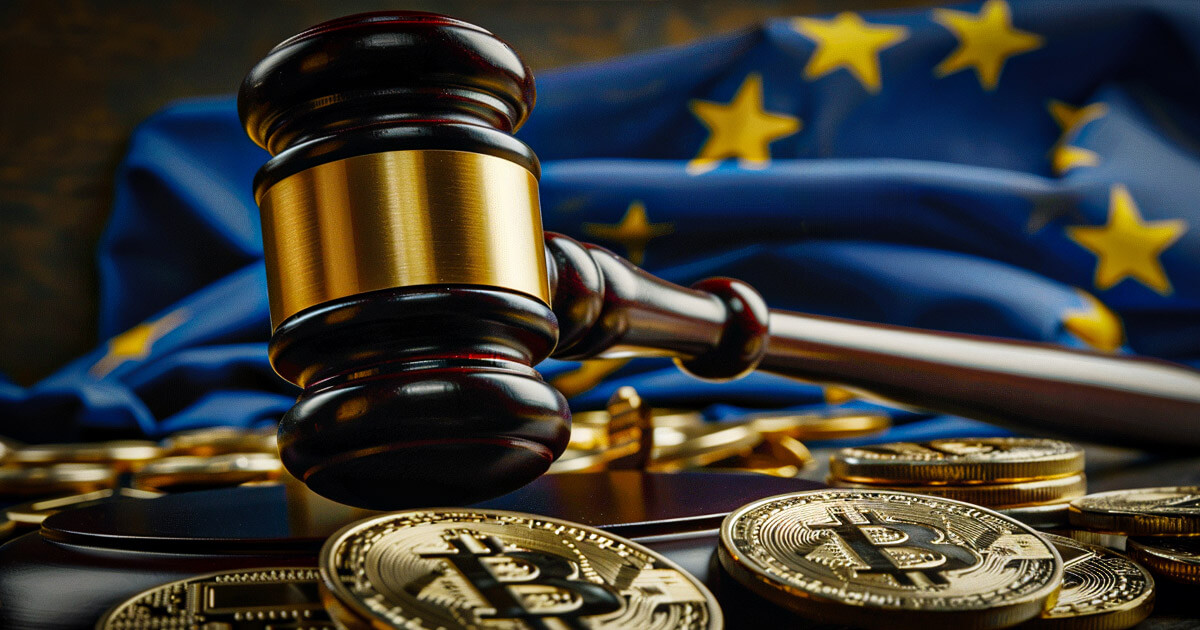MiCA Now lives throughout The European Union is a turning point for monitoring digital assets. Industry participants now operate under an EU framework that covers stablecoins, token issuance, and services such as custody and exchange.
As the Bretton Woods Committee wrotethe process involved years of consultation and negotiation, culminating in a rulebook that addresses regulatory gaps and promotes transparency.
Companies issuing electronic money tokens (EMTs) must be incorporated in the EU or hold electronic money licenses, while asset-backed tokens face higher disclosure and governance requirements when they reach certain volume or usage thresholds. they become The measures also include stricter rules on reserve management, redemptions and disclosures, reflecting the bloc's focus on financial stability in digital asset markets.
Patrick Hansen, director of policy at Circle. wrote An extensive piece explains how stablecoin issuers have no choice but to comply or lose access to the entire EU market. Tether, the world's leading stablecoin issuer, chose the second option. to say CryptoSlate that the competition is disappointed with its different approach to stablecoins. he said
Every day when you wake up, you scratch your head and you don't understand why these two Italian men are doing much better than you. Of course you would be disappointed, right?
So you know, if your business model is called Kill Tether, then you know, you need to rethink your product.
Expectations for crypto companies in the EU
Crypto-asset service providers (CASPs) that offer activities such as brokerage, exchange or custody face licensing requirements that allow them to operate in one jurisdiction in all member states once licensed. The change replaces previous national rules and lowers barriers for companies seeking cross-border growth, providing a passport-like mechanism similar to the approach used in traditional EU financial services.
Some businesses are expected to consolidate or create partnerships, as compliance obligations may be more difficult for smaller ventures. Trading platforms must also establish controls against market abuse and insider trading. Authorities can ban token offerings if disclosure or risk management procedures are inadequate.
MiCA officially excludes from its scope protocols that run “in a fully decentralized manner,” but many operations may fail to meet the threshold for true decentralization.
The same ambiguity appears with large-scale NFT sets, which the regulation may treat as fungible, requiring compliance with the white paper and issuer obligations. Uncertainty also surrounds “privacy coins,” which may face delisting if it is impossible to fully identify the holder.

Expected overall impact of MiCA
Industry responses from Bretton Woods and the Circle reflect a common view that the practical success of MiCA relies on its technical standards and implementation practices. Companies are adapting their product offerings, focusing on transparency in information disclosure and complying with regulations related to token issuance and reserve management. As Hansen observed, adopting this framework may attract projects seeking certainty, especially if there are concerns about enforcement actions elsewhere.
There are broader questions about universal acceptance. The United States has yet to formalize stablecoin regulations and enforcement models, while seemingly progressive. It varies widely Across Asia the European model could influence other jurisdictions, creating a “race to the top” in consumer protection and alignment with international standards.
According to Bretton Woods, a coordinated approach could enhance passportability for stablecoins and reduce risks of regulatory arbitrage. Some lawmakers have discussed MiCA 2.0, suggesting that non-fungible tokens, DeFi or additional technological features may eventually be reviewed under an updated directive. Officials note that any new iteration will depend on the initial results of the law.
Hansen points to MiCA's similarities to other EU technical initiatives, where regional standards ultimately influenced business and legal frameworks abroad. Whether MiCA becomes a default global reference depends on its real-world implementation, the role of national agencies and whether measures effectively protect markets and allow companies to innovate. Meanwhile, the corporate drive to secure a MiCA license continues, with major banks and exchanges adjusting business lines or acquiring smaller players.
Many expect MiCA to provide greater institutional involvement through uniform licensing and consumer protection. However, the cost of compliance is a factor that can drive activity towards well-funded platforms. Investors may see wider adoption of regulated services, while smaller teams may focus on niches or move to areas where commitments are less stringent. Policymakers have pledged to monitor the outcome and believe that an EU stance on digital currencies could boost capital formation and protect users.
As the framework is implemented, stablecoin issuers and CASPs face earlier implementation deadlines than other market participants, while the rest of the rules come into effect later in the year. Regulators will also issue binding implementation standards that clarify the timing, technical disclosures and operating conditions of token projects.
Hansen confirms that companies planning to move into the European landscape are engaging with authorities and preparing compliance strategies accordingly. He believes MiCA has created an environment with clear responsibilities for participants, and its ability to encourage responsible growth under established rules will measure how cryptocurrency markets are shaping up.
Implementation will continue in stages as the EU revises technical directives and monitors licensed entities. The outcome will show whether MiCA is a viable model that balances innovation with oversight.





